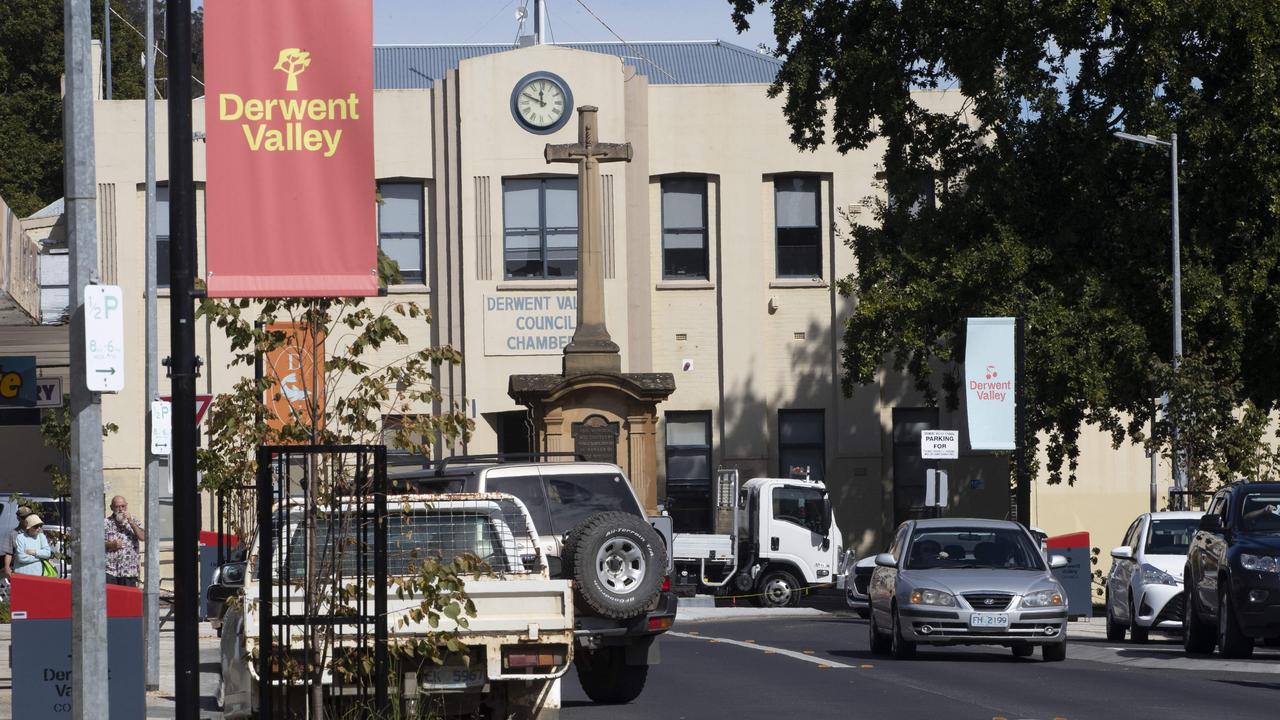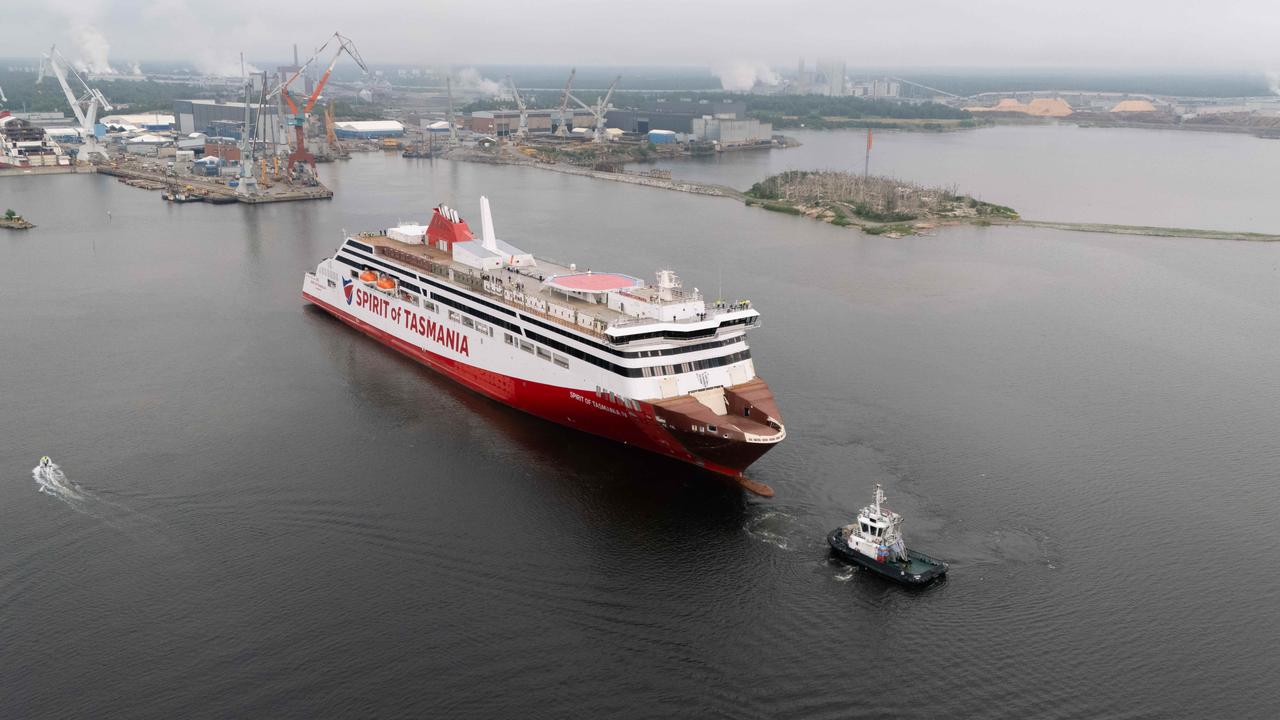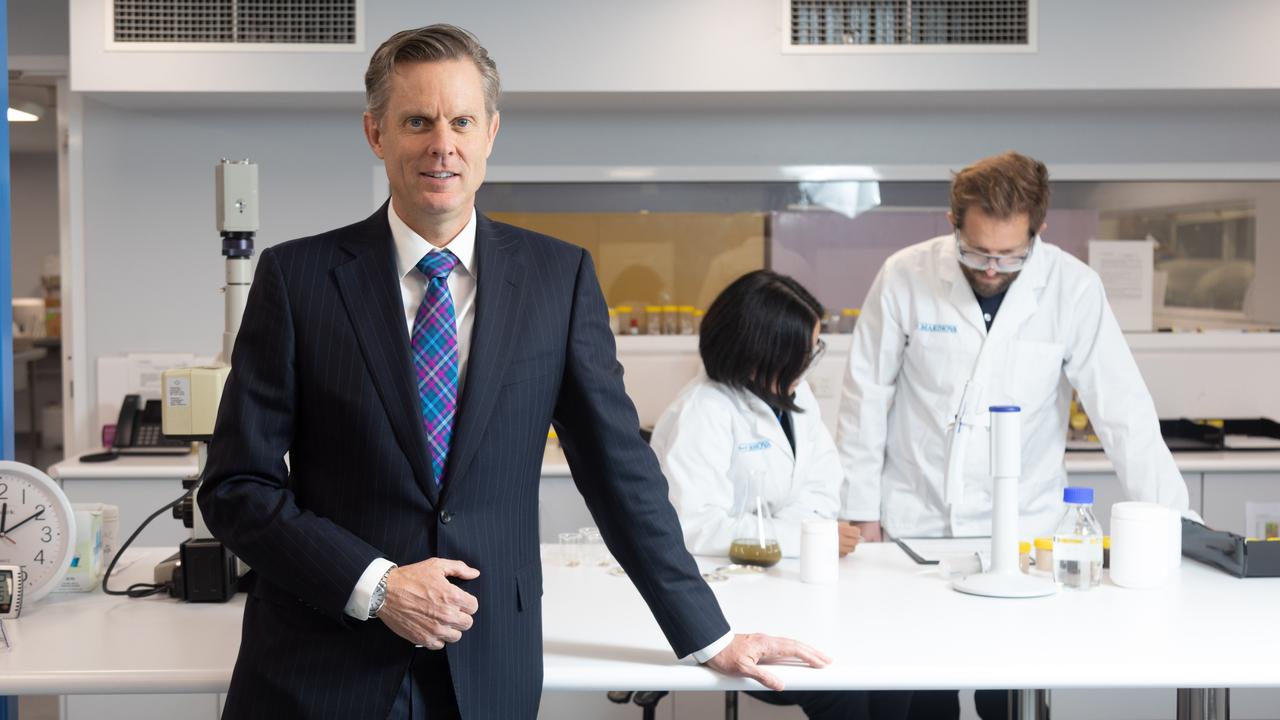World-leading research facility named after trailblazing woman scientist
A world-leading krill research facility at Taroona will be named after a trailblazing Antarctic scientist. Here’s why.

Tasmania
Don't miss out on the headlines from Tasmania. Followed categories will be added to My News.
A world-leading research facility in development in southern Tasmania will be named in recognition of a trailblazing woman’s contribution to Antarctic science.
The new krill aquarium and research facility co-located at the Institute for Marine and Antarctic Studies’ fisheries and aquaculture research centre at Taroona will be known as the Dr Isobel Bennett Southern Ocean Research Aquarium.
Federal Environment Minister Tanya Plibersek said it was an “absolute pleasure” to see progress on the krill aquarium on her visit to Hobart last week, where she also announced $188m in funding to upgrade Macquarie Wharf 6 for berthing of the icebreaker Nuyina.

Ms Plibersek said she was particularly pleased to announce the research facility would be named after Dr Bennett, who made an “extraordinary contribution to science”.
“I think it’s a very fitting tribute to her and to her work and to the extraordinary trailblazer she was for women working in Antarctic science,” Ms Plibersek said.
When finished, the facility will provide researchers with the systems required to conduct research on Antarctic krill and other vitally important Southern Ocean species.
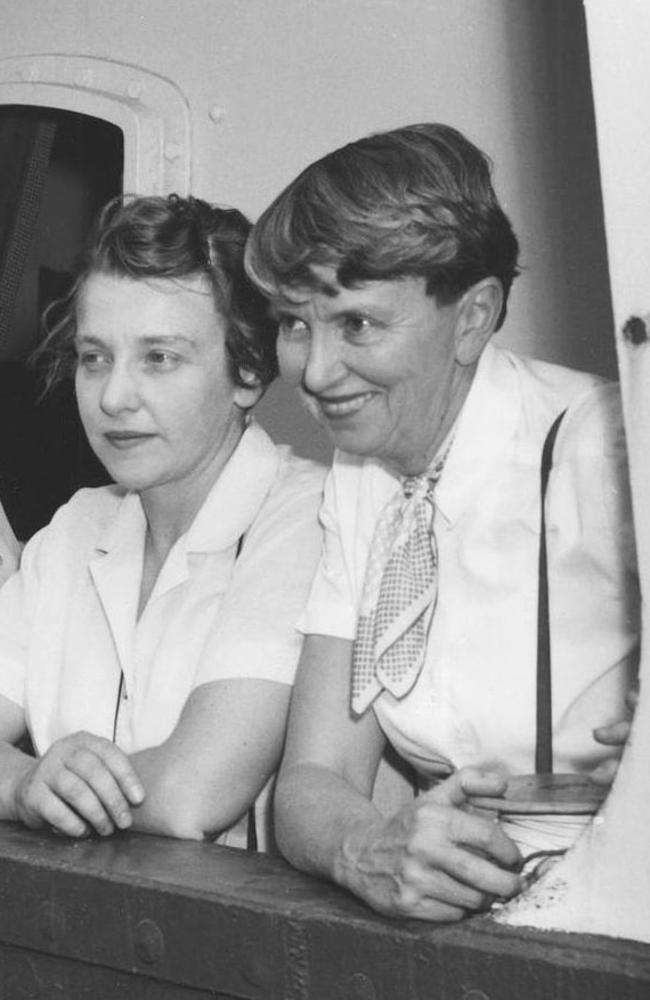
Dr Bennett broke new ground with her work on inter-tidal ecosystems and was one of the first women to travel to sub-Antarctic Macquarie Island in 1959. She was born in 1909 and died in 2008.
Head of Division Australian Antarctic Division Emma Campbell said the facility was just a short distance from the containers to Nuyina, saving valuable transporting time of the live krill.
“It’s wonderful to acknowledge Dr Isobel Bennett as a pioneer of southern ocean plankton research, she did amazing research on the shoreline of Macquarie Island,” Ms Campbell said.
Krill research systems manager with the Australian Antarctic Division Rob King said the aquarium was a world-first, having been designed in relation to the ship taking the samples, Nuyina.
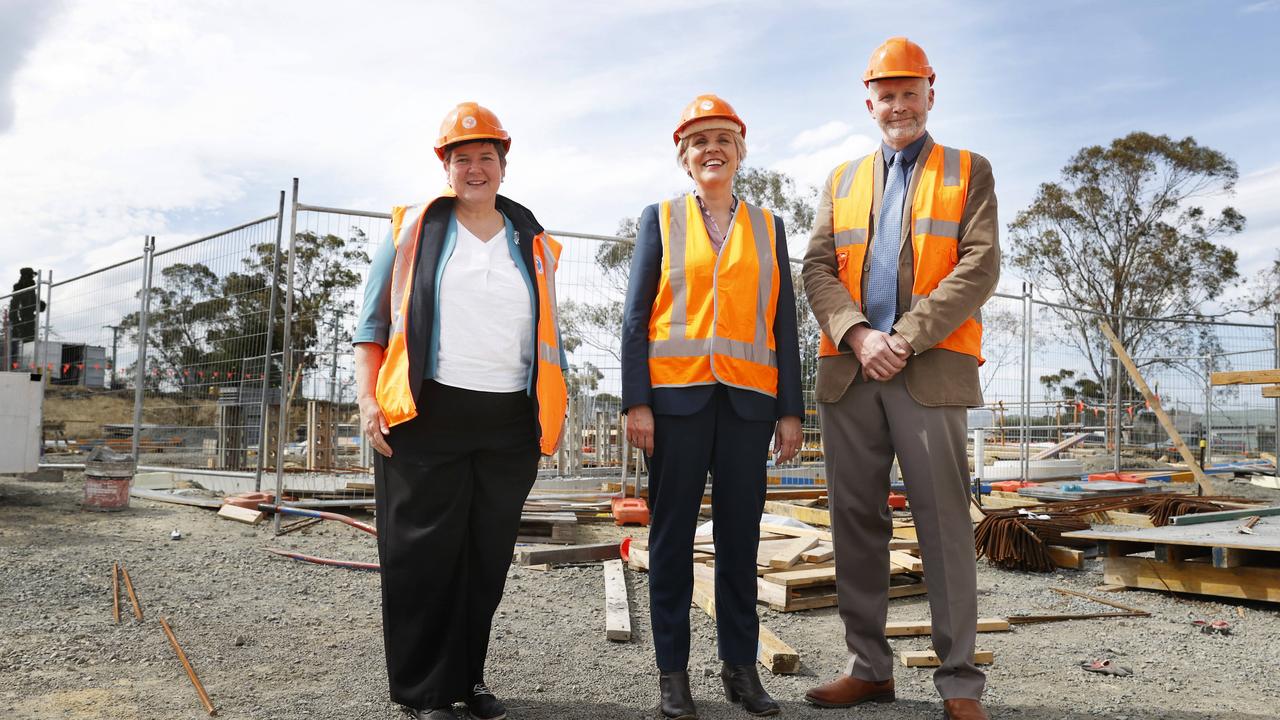

“We have a full logistics transfer chain from the Antarctic, where animals are caught in perfect condition for behavioural and physiological research and cared for in special containerised aquaria but then interfaced with this facility,” Mr King said.
He said this would remove the risks involved in transferring large volumes of specimens off the ship, and also preserve the animals intact to make research possible for longer.

He said research includes samples from under natural sea ice, to ocean acidification, the environmental effects of climate change, and behavioural research to understand how krill school.
Mr King said these were critical understandings as a blue whale takes seven tonnes of krill per day.
More Coverage
Originally published as World-leading research facility named after trailblazing woman scientist




